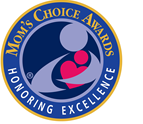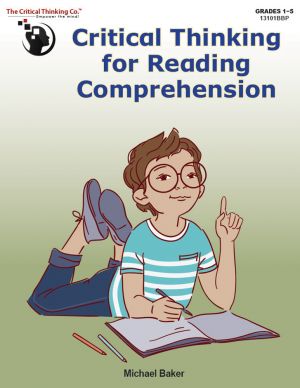Critical Thinking for Reading Comprehension

In simple, understandable terms, 'Critical Thinking' is the identification and evaluation of evidence to guide decision making. Critical Thinking for Reading Comprehension teaches the identification and evaluation of text and image-based information using short, fun activities. To help students not familiar with the concept of evidence, there is a short lesson on evidence at the beginning of the book.
The activities in this book are different from many reading comprehension activities in that they are "low read", and instead require careful reading and critical thinking to identify the evidence that will support or identify the answer. After just a few activities, most students will come to understand the importance of reading for understanding and evidence-based decision making. This is not just a school skill; this is a life skill. These activities are ideal for both independent work and class discussion problems.
To maximize the critical thinking and reading comprehension potential in these activities, students should be asked to verbally describe their evidence/rationale for each answer... even incorrect answers. Finding the best evidence for the correct answer is really what these activities are all about, but attempting to justify a wrong answer is often part of the learning process. When a student answers a question incorrectly and provides his or her rationale, the student should be informed if the answer is incorrect and given an opportunity to find the correct answer and evidence. If an answer is correct but lacks the correct evidence, the student should be informed of that, and given another opportunity to identify the evidence for the answer.
These activities are challenging, but they are also fun once a student has the confidence and determination to seek out the evidence that leads to the correct answer. We strongly suggest teachers tell students in advance that these questions are challenging, so they know that they should take their time answering each question. It is also helpful to lead students through the first few activities until students have grasped the need for the careful reading that will identify the evidence. Nearly all students enjoy the activities once they know what is required from them to succeed.
Is this your Product Page? Improve it! Login now to update your information.





